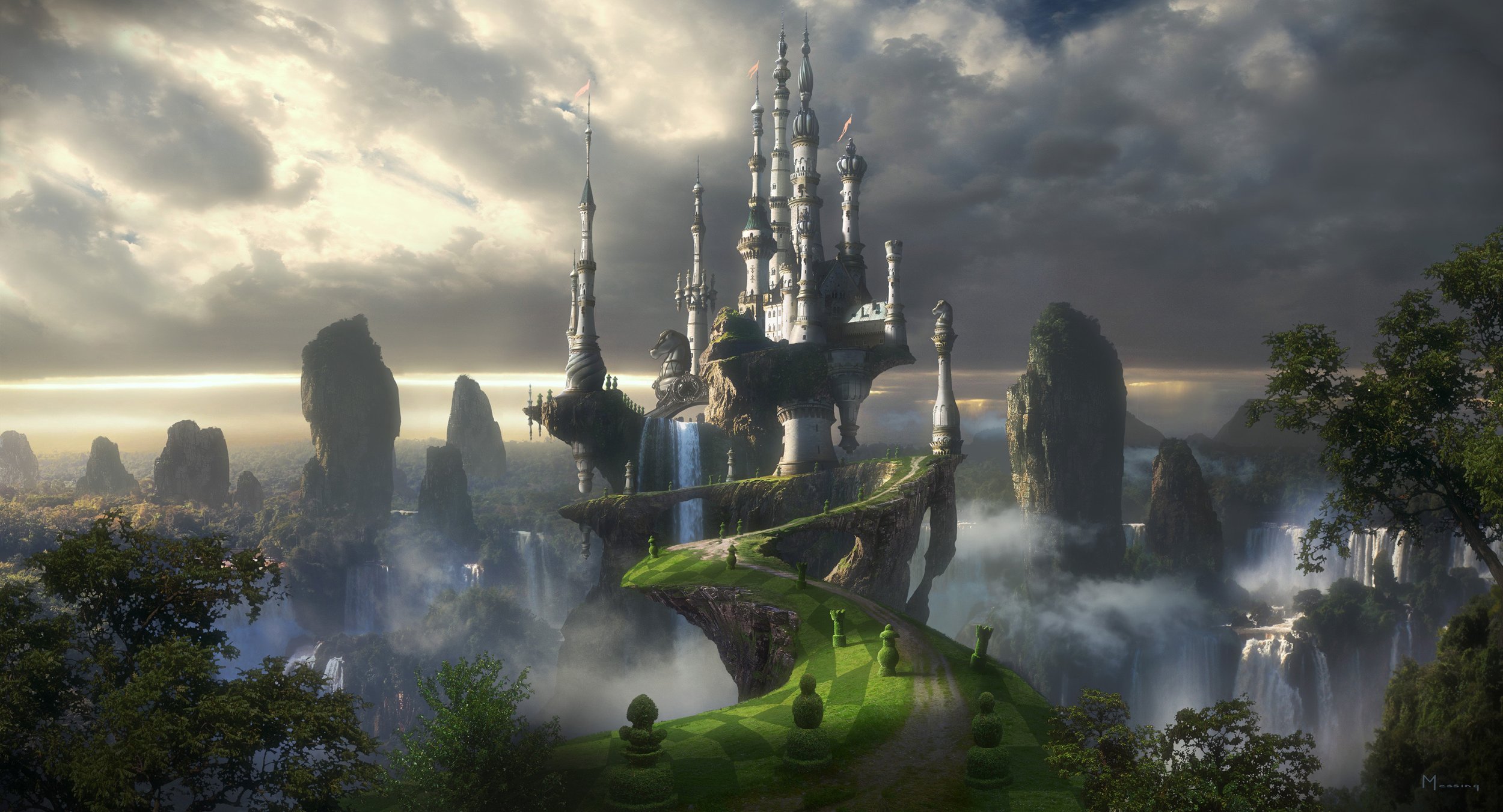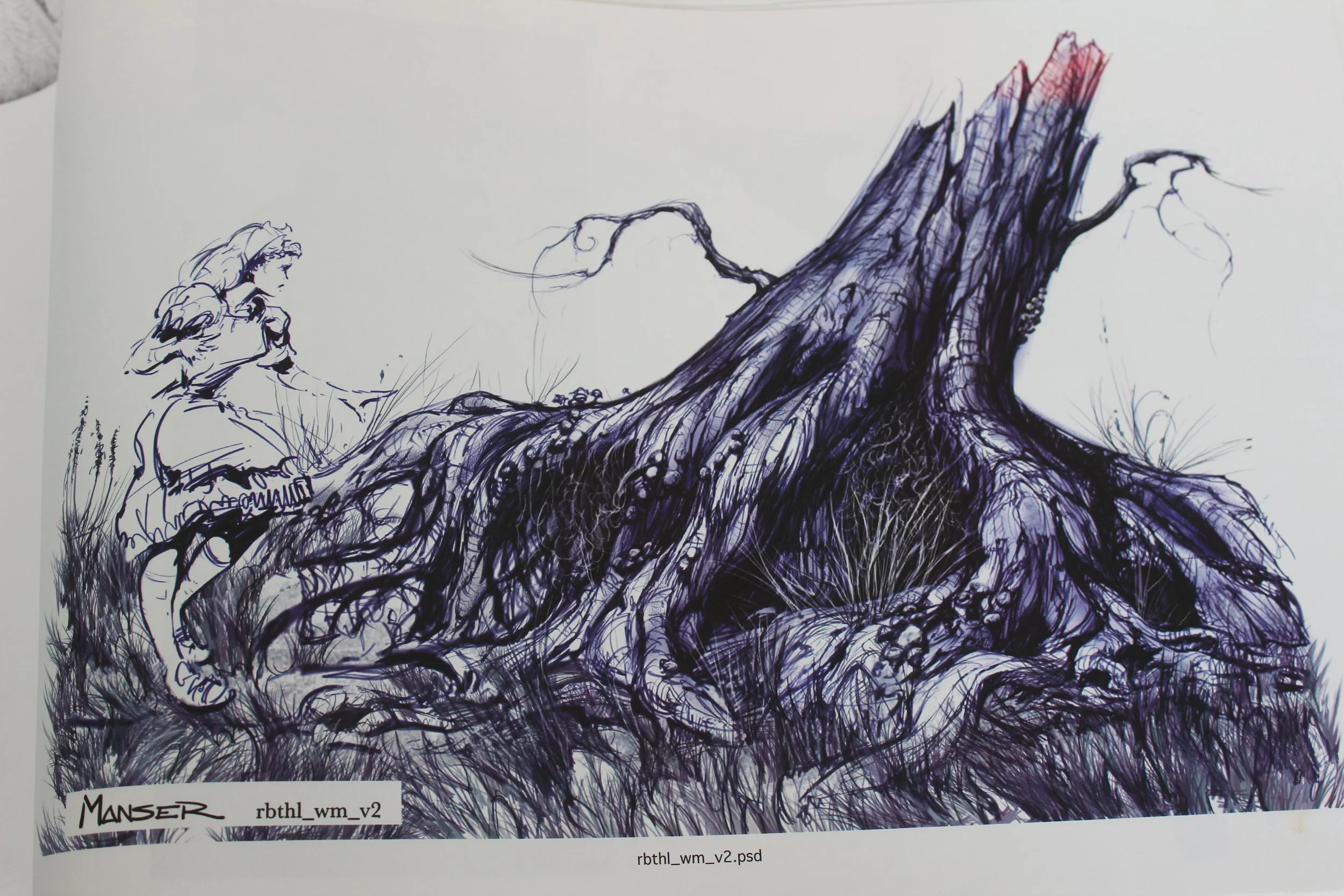
Alice in Wonderland
Art Direction & Sole Production Designer
Academy Awards Oscar for Best Achievement in Art Direction (Winner) | Gold Derby Award for Art Direction (Winner) | BAFTA Film Award for Best Production Design (Nominee) | Academy of Science Fiction, Fantasy & Horror Films: Saturn Award for Best Production Design (Nominee) | Art Directors Guild for Fantasy Film: Excellence in Production Design Award (Nominee) | Broadcast Film Critics Association Awards: Critics Choice Award for Best Art Direction (Nominee) | Online Film & Television Association Film Award for Best Production Design (Nominee) | San Diego Film Critics Society Award for Best Art Direction & Production Design (Nominee)
Alice in Wonderland is a 2010 American live-action/animated dark fantasy adventure film directed by Tim Burton, a postmodern adaptation loosely based on the popular novel “Alice’s Adventures in Wonderland”, as well as its sequel Through the Looking Glass. Alice was a young girl when she first visited magical Underland as a child, and is now nineteen with no memory of the place – except in her nightmare dreams.
Alice’s life takes a turn for the unexpected when, at her engagement garden party, she spots a certain white rabbit and tumbles down a hole after him – allowing her to escape her world where she feels trapped by society and a less than exciting marriage proposal, and to figure out what she really wants. Alice finds herself in a nonsensical fantasy world where she reunites with her old friends and learns of her true destiny: to end the Red Queen's reign of terror. She is told that she is the only one that can slay the Jabberwocky, a dragon controlled by the Red Queen, and embarks on a quest filled with adventure, humor, violence, and even terror.
The storyline and stylistic elements diverge from the original tale immensely. Director Tim Burton makes it clear that this is intentionally a very different sort of Alice from that of Lewis Carroll’s “Alice’s Adventures in Wonderland” – he attempts to offer a darker interpretation, where the riddles, rhymes, and childlike nonsense of Wonderland no longer exist.

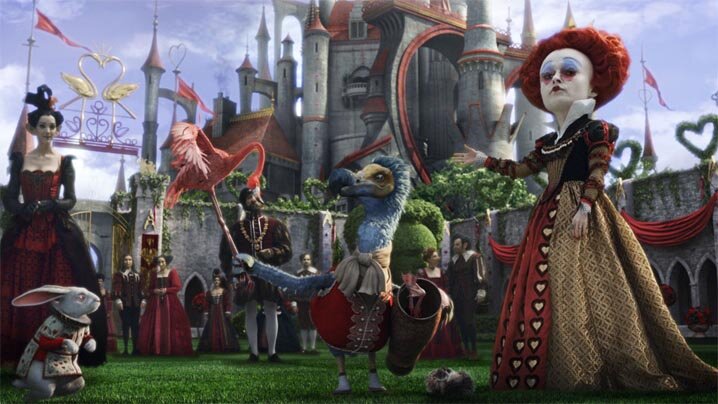
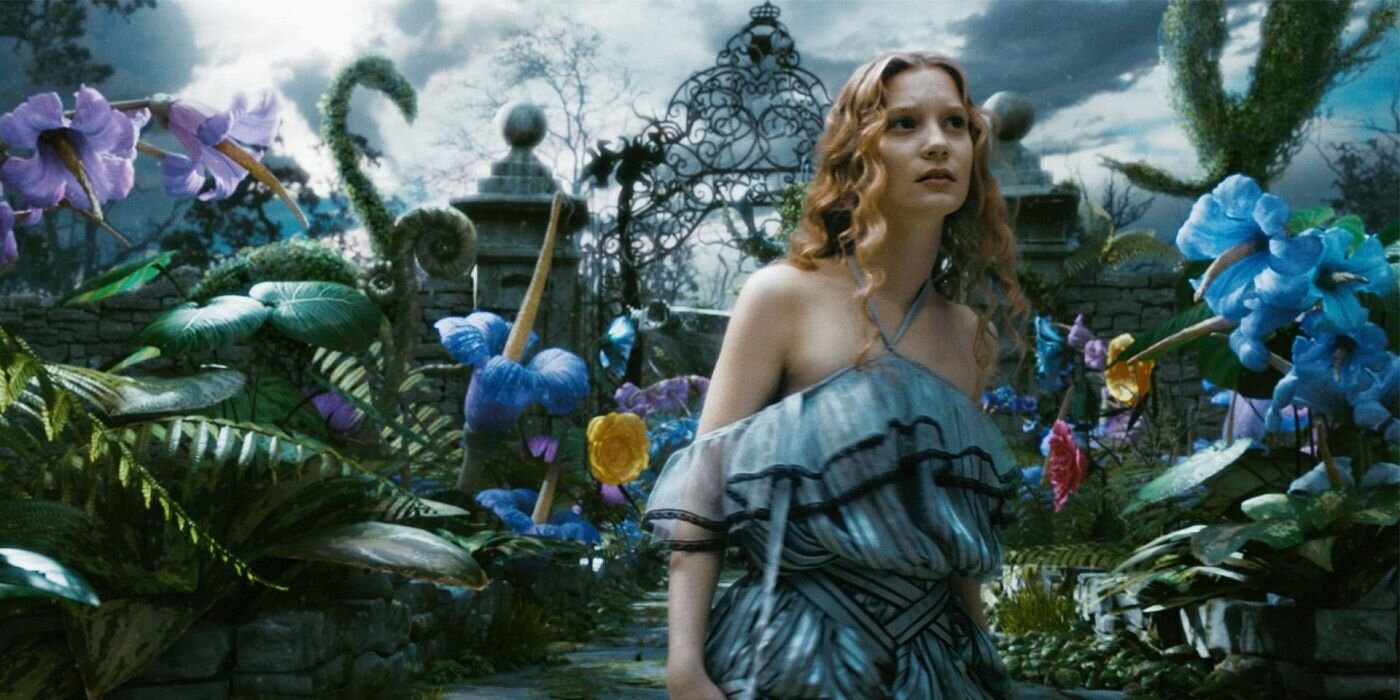
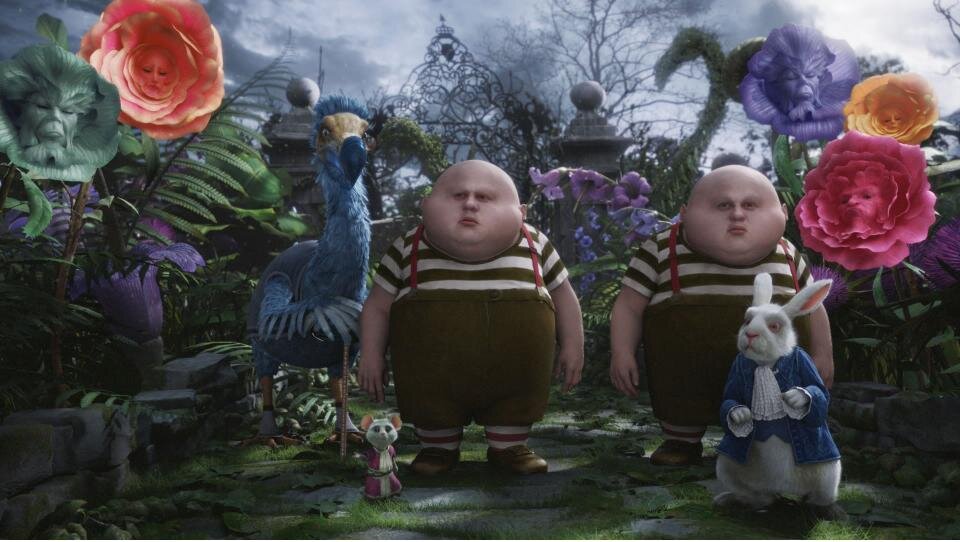

Behind-the-Scenes Magic
As the sole Production Designer on Alice in Wonderland, Robert enjoyed designing a set that was equally whimsical as it was outrageous. Early on for three months, Robert would go over to Tim Burton’s house and office in England with [visual effects supervisor] Ken Ralson – figuring out what they were going to do, creating pencil sketches, and doodling.
Burton has a very specific style that everybody knows. Going into something like that, the first thing Robert did was re-watch all of Burton’s films, going back all the way to Beetlejuice, just to get the vibe and see what he was doing in each of them. Robert dug into the [Lewis Carroll] books, took that information, and went forward designing each environment.
With Burton’s definitive gothic tendencies, Robert knew that the fantasy sequences would have a darker tint than the previous live-action or animated versions of the story. In a weird way, they created light and dark at the same time. Ultimately, the final rendering of Alice became a cross-pollination of many techniques. His concepts were largely created with Ralston’s team of computer graphic experts.
“Part of my job was to understand what it was that I was doing, what Tim was going for, and what his style is. There is a certain artifice to the entire movie, but it had an element of a fantastic nature that I thought was satisfying, like ‘Sleeping Beauty’ or ‘Fantasia’. ”

